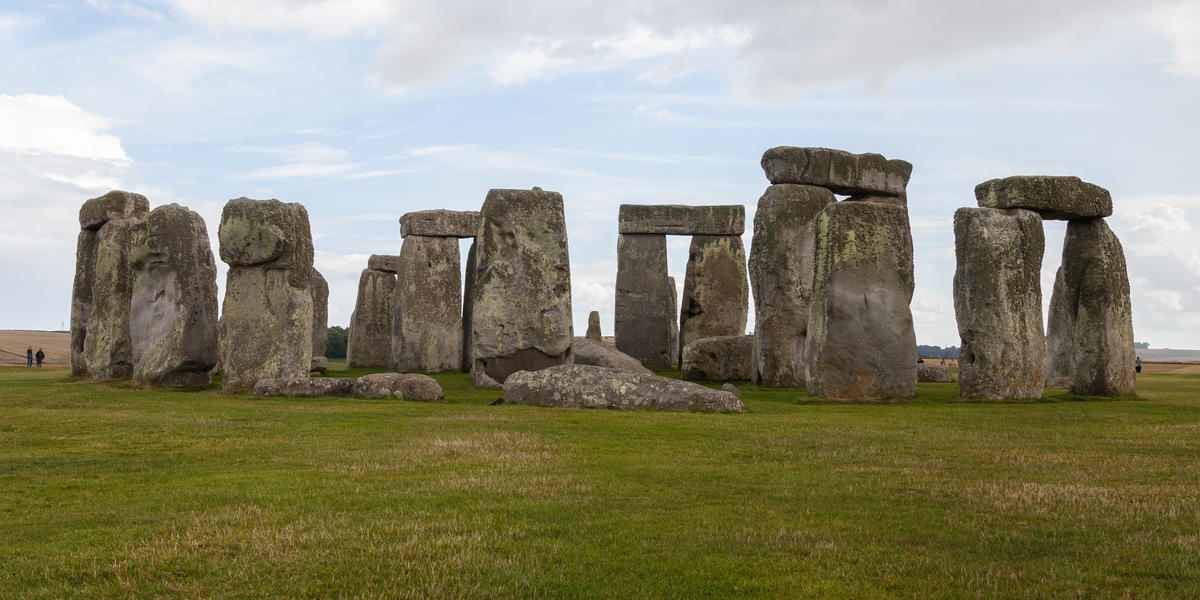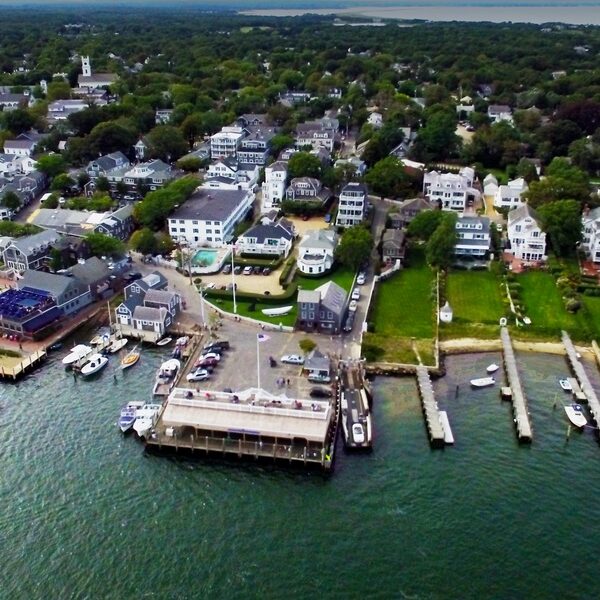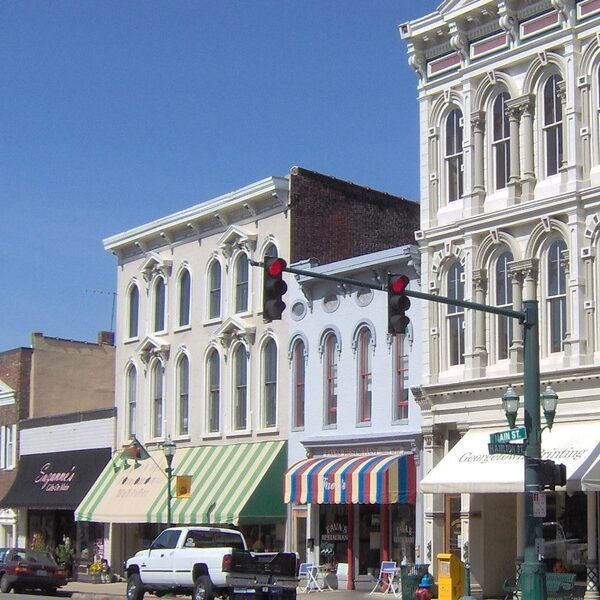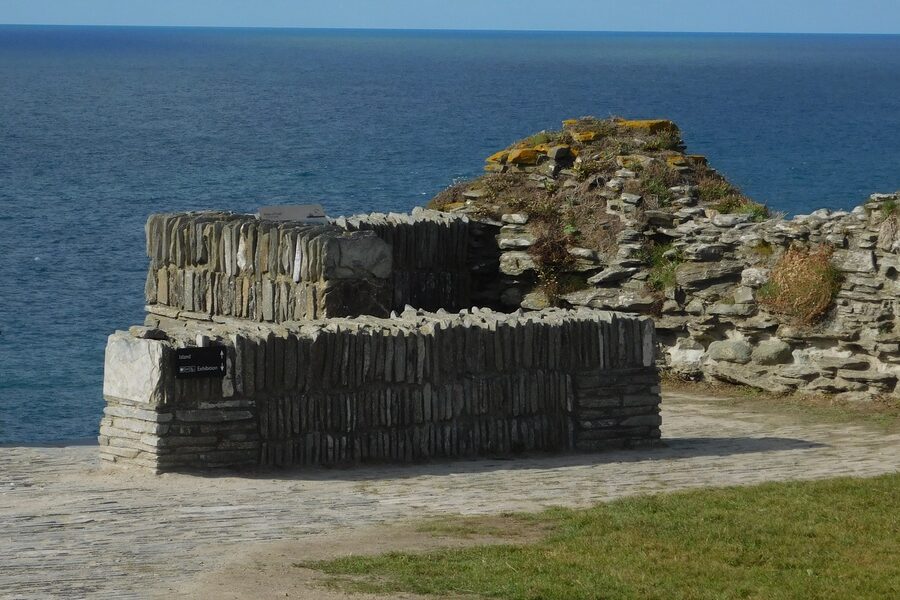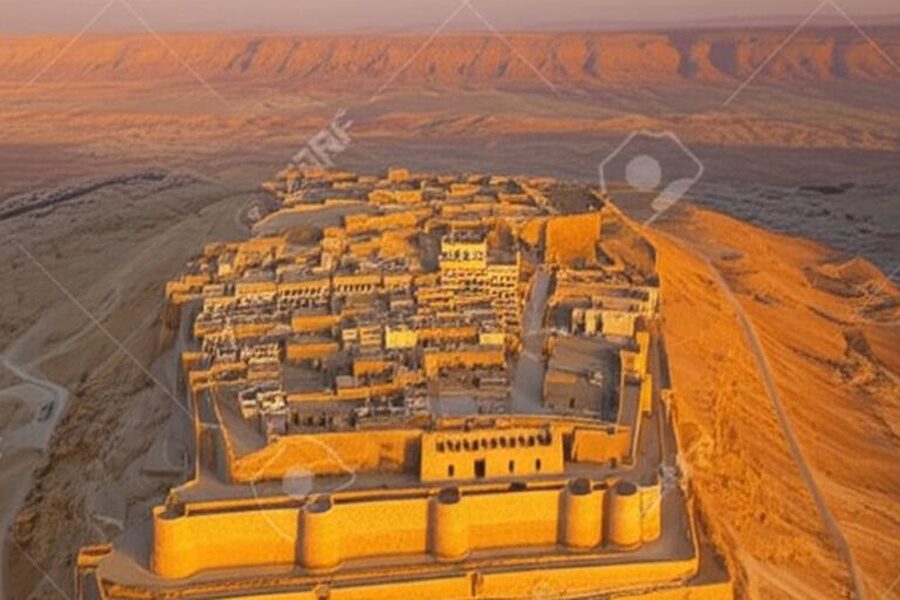England’s landscape and cities are threaded with layers of history — from Roman roads and medieval cathedrals to grand country houses — that tell stories of art, power and everyday life. Exploring these places gives a compact view of the nation’s cultural and architectural legacy.
There are 20 World Heritage Sites in England, ranging from Blenheim Palace, Westminster Palace, Westminster Abbey and Saint Margaret’s Church to port towns, industrial sites and prehistoric monuments. For each site you’ll find below Location, Year inscribed (YYYY), UNESCO criteria to help you compare dates and reasons for inscription; you’ll find the full list below.
Do I need to book in advance to visit these sites?
Many sites are open to the public but access varies: some are working buildings with limited visiting hours, others are managed historic houses or ruins with ticketed entry or timed slots — check each site’s official page or the listing below for visitor info and opening times.
How does a site in England get inscribed by UNESCO?
A site is nominated by the national government and evaluated against UNESCO’s criteria for outstanding universal value, authenticity and protection measures; successful inscriptions also require legal protection and a management plan to safeguard the site for the future.
World Heritage Sites in England
| Name | Location | Year inscribed (YYYY) | UNESCO criteria |
|---|---|---|---|
| Durham Castle and Cathedral | Durham, County Durham | 1986 | (ii), (iv), (vi) – Norman architecture, monastic community, religious significance. |
| Ironbridge Gorge | Telford, Shropshire | 1986 | (i), (ii), (iv), (vi) – Birth of industry, technological innovation, global influence. |
| Studley Royal Park including Fountains Abbey | Near Ripon, North Yorkshire | 1986 | (i), (iv) – Masterpiece of landscape design and Cistercian architecture. |
| Stonehenge, Avebury and Associated Sites | Wiltshire | 1986 | (i), (ii), (iii) – Prehistoric genius, ceremonial landscapes, unique cultural testimony. |
| Blenheim Palace | Woodstock, Oxfordshire | 1987 | (ii), (iv) – Influential English Baroque architecture and landscape design. |
| City of Bath | Bath, Somerset | 1987 | (i), (ii), (iv) – Roman remains, Georgian architecture, social setting. |
| Frontiers of the Roman Empire | Northern England (Cumbria, Northumberland) | 1987 | (ii), (iii), (iv) – Roman military architecture, complex frontier system. |
| Westminster Palace, Westminster Abbey and Saint Margaret’s Church | Westminster, London | 1987 | (i), (ii), (iv) – Gothic architecture, symbols of monarchy and democracy. |
| Tower of London | Central London | 1988 | (ii), (iv) – Norman military architecture, symbol of royal power. |
| Canterbury Cathedral, St Augustine’s Abbey, and St Martin’s Church | Canterbury, Kent | 1988 | (i), (ii), (vi) – Centre of English Christianity, artistic masterpieces. |
| Maritime Greenwich | Greenwich, London | 1997 | (i), (ii), (iv), (vi) – Royal park, scientific endeavour, architectural masterpieces. |
| Dorset and East Devon Coast | Dorset and East Devon | 2001 | (viii) – Outstanding record of Earth’s history. |
| Derwent Valley Mills | Derbyshire | 2001 | (ii), (iv) – Birth of the factory system, industrial community. |
| Saltaire | Near Bradford, West Yorkshire | 2001 | (ii), (iv) – Complete Victorian model town, social philanthropy. |
| Royal Botanic Gardens, Kew | Richmond, London | 2003 | (ii), (iii), (iv) – Historic landscape gardens, botanical science, conservation. |
| Cornwall and West Devon Mining Landscape | Cornwall and West Devon | 2006 | (ii), (iii), (iv) – Heart of 19th-century industrial mining revolution. |
| Pontcysyllte Aqueduct and Canal | Wrexham (Wales) and Shropshire (England) | 2009 | (i), (ii), (iv) – Masterpiece of civil engineering and canal building. |
| The English Lake District | Cumbria | 2017 | (ii), (v), (vi) – Cultural landscape inspiring art, literature, conservation. |
| Jodrell Bank Observatory | Near Macclesfield, Cheshire | 2019 | (i), (ii), (iv), (vi) – Pioneer of radio astronomy, landmark in science. |
| The Great Spa Towns of Europe | Bath, Somerset (English component) | 2021 | (ii), (iii) – Testimony to the European spa phenomenon. |
Images and Descriptions
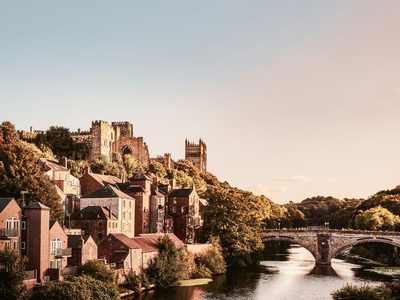
Durham Castle and Cathedral
A stunning example of Norman architecture, this site sits high above the River Wear. The cathedral is a masterpiece of Romanesque style, while the castle has housed Durham University for over 175 years, representing centuries of religious, political, and educational power.
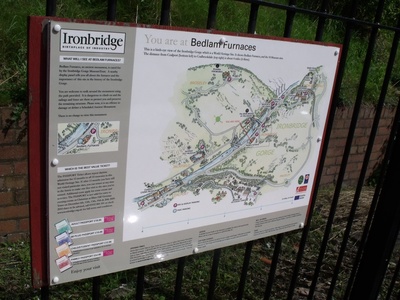
Ironbridge Gorge
Known as the birthplace of the Industrial Revolution, this valley contains the world’s first iron bridge. It’s a living museum of industrial heritage, showcasing the innovations in mining, ironmaking, and engineering that changed the world forever from this very spot.
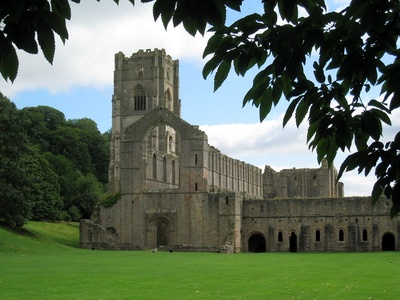
Studley Royal Park including Fountains Abbey
This site perfectly combines the dramatic ruins of a 12th-century Cistercian monastery with a breathtaking 18th-century Georgian water garden. It’s a masterpiece of landscape design, offering a picturesque journey through England’s monastic and aristocratic history in one beautiful park.

Stonehenge, Avebury and Associated Sites
Home to the world’s most famous prehistoric monuments, this landscape is packed with Neolithic and Bronze Age wonders. Beyond the iconic Stonehenge, it includes the massive Avebury stone circle, ancient burial mounds, and ceremonial avenues, offering a unique glimpse into ancient beliefs.
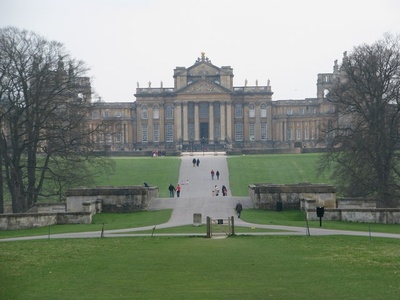
Blenheim Palace
A monumental country house, Blenheim Palace is a masterpiece of 18th-century English Baroque architecture. The birthplace of Sir Winston Churchill, it sits within a romantic park landscaped by ‘Capability’ Brown, representing a perfect union of architectural grandeur and natural beauty.
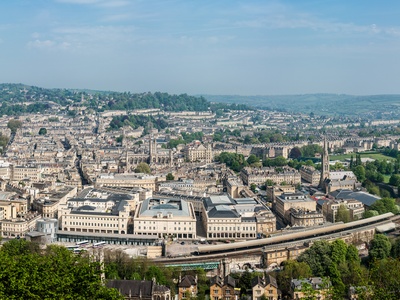
City of Bath
Founded on natural hot springs, Bath is a city of stunning harmony. It boasts magnificent Roman remains, including the famous baths, alongside elegant 18th-century Georgian architecture like the Royal Crescent. This unique blend makes it a beautiful example of a historic spa town.
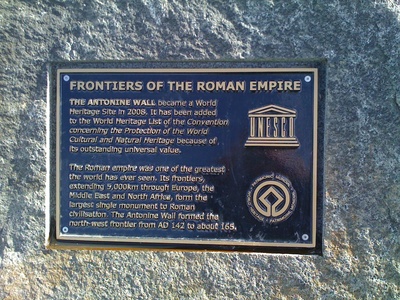
Frontiers of the Roman Empire
This site represents the northern edge of the Roman Empire. The most famous part in England is Hadrian’s Wall, a 73-mile stone fortification with forts and milecastles. It’s a remarkable testament to the power, ambition, and engineering skill of ancient Rome.
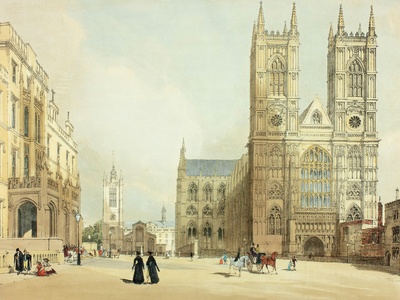
Westminster Palace, Westminster Abbey and Saint Margaret’s Church
This iconic site on the River Thames is the heart of British history and governance. It includes the stunning Gothic architecture of the Houses of Parliament, Westminster Abbey—the coronation church for centuries—and St. Margaret’s Church, the parish church of the Commons.
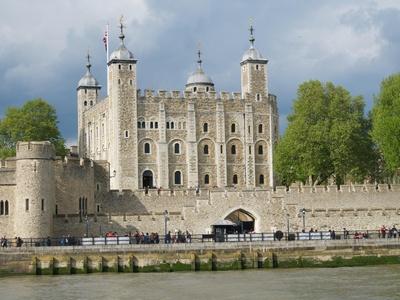
Tower of London
A formidable fortress, royal palace, and infamous prison, the Tower of London has dominated the city for nearly 1,000 years. Its White Tower is a classic example of Norman military architecture, and it famously houses the Crown Jewels, embodying centuries of British history.
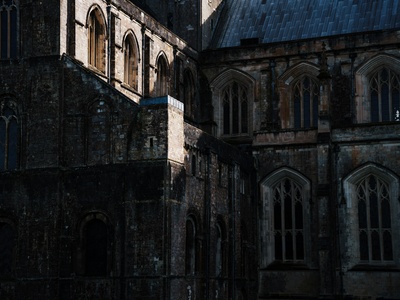
Canterbury Cathedral, St Augustine’s Abbey, and St Martin’s Church
This site traces the history of Christianity in England. It includes St Martin’s, the oldest church in England; St Augustine’s Abbey, a link to early evangelism; and the magnificent Canterbury Cathedral, mother church of the Anglican Communion and a masterpiece of Gothic architecture.
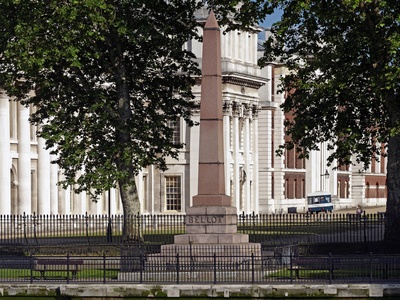
Maritime Greenwich
Situated by the Thames, this site represents English artistic and scientific achievement. It features the classical buildings of the Old Royal Naval College, the Queen’s House, and the Royal Observatory, where the Prime Meridian marks the centre of world time and space.
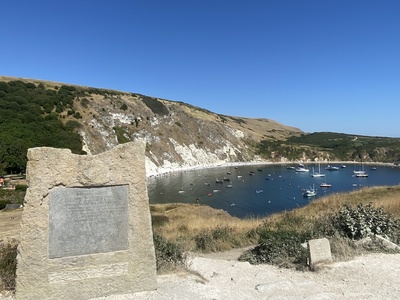
Dorset and East Devon Coast
Commonly known as the Jurassic Coast, this stunning 95-mile stretch of coastline reveals 185 million years of Earth’s history. Its cliffs contain an incredible fossil record of the Triassic, Jurassic, and Cretaceous periods, making it a walk through geological time.
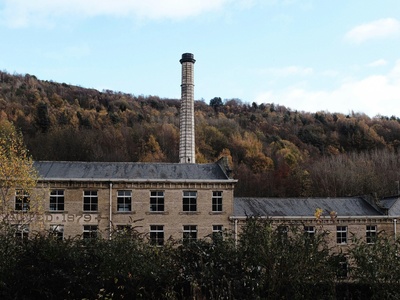
Derwent Valley Mills
Stretching 15 miles along a river valley, this site contains a series of 18th and 19th-century cotton mills and their surrounding industrial landscape. It is recognized as the birthplace of the modern factory system, which shaped the social and economic world we live in today.
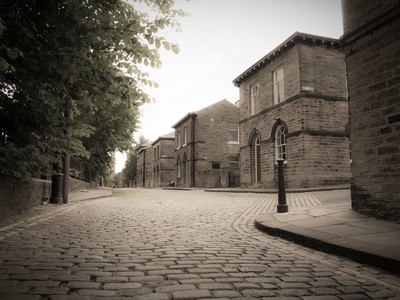
Saltaire
Saltaire is an exceptionally well-preserved Victorian model village built by industrialist Sir Titus Salt. Its grand textile mill and neat terraced houses, church, and public buildings provide a vivid picture of philanthropic paternalism and the impact of the Industrial Revolution on urban planning.
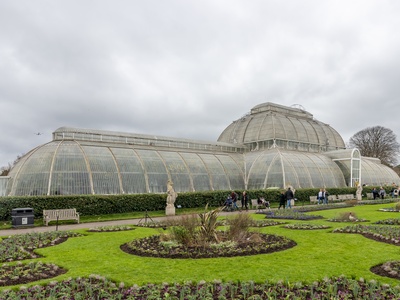
Royal Botanic Gardens, Kew
A world-famous centre for botanical science and conservation, Kew Gardens is also a stunning historic landscape. It features iconic glasshouses like the Palm House and Temperate House, diverse plant collections, and beautiful architectural follies, reflecting centuries of garden design and scientific discovery.
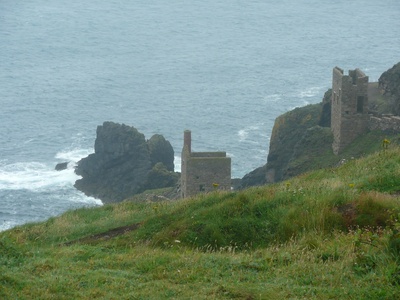
Cornwall and West Devon Mining Landscape
This landscape of engine houses, mines, and ports reflects the huge contribution Cornwall and West Devon made to the Industrial Revolution. For a time, the area produced two-thirds of the world’s copper and its innovations in steam technology were exported globally.
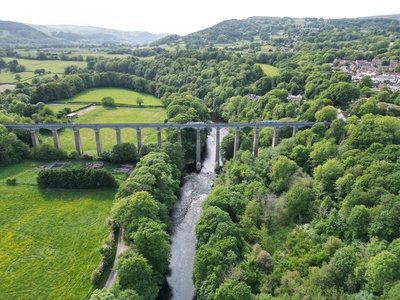
Pontcysyllte Aqueduct and Canal
This remarkable feat of civil engineering from the Industrial Revolution carries a canal 126 feet above the River Dee. Using a cast iron trough supported by slender masonry piers, it’s a pioneering masterpiece of waterway construction that remains in use today.
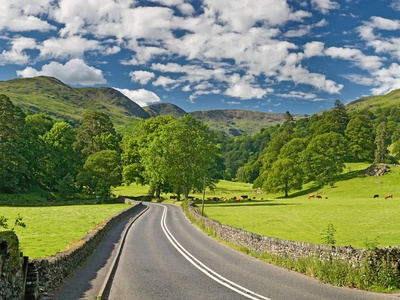
The English Lake District
A stunning mountain landscape of lakes, valleys, and fells, the Lake District has been shaped by farming and industry for millennia. It is celebrated for its beauty, which inspired the Romantic poets and led to the birth of the global conservation movement.

Jodrell Bank Observatory
Home to the iconic Lovell Telescope, Jodrell Bank is a pioneer in radio astronomy. Since 1945, its groundbreaking research has transformed our understanding of the universe, tracking spacecraft, studying pulsars, and playing a key role in the early days of the space race.
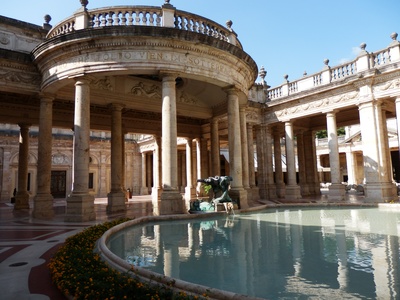
The Great Spa Towns of Europe
This transnational site includes eleven towns, with Bath representing the UK. Together they showcase the European spa culture that flourished from the 18th century to the 1930s, influencing urban design and medicine as centres for healing, socializing, and cultural exchange.

